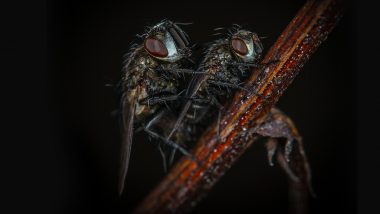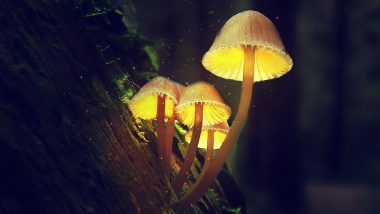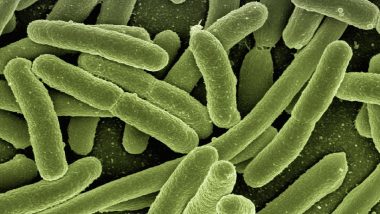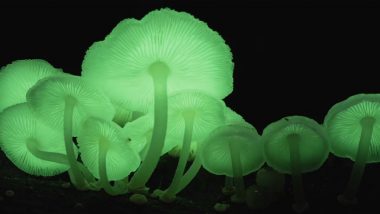Many of us desperately want the year to end. There have been way too many events altogether, and it is too much to take at a time, while still dealing with a pandemic. But in pure 2020 fashion, we have now got zombie flies! Yes, you read the right! Two new species of fungi were discovered by scientists in Denmark, and they inflect flies from inside and then eject spores from the victims's abdomen. The deadly fungi devour from the inside, creating holes in their still-living prey’s abdomen. The spores are ejected like small rockets from the fly’s body, and the two new species of fungi survive on their hosts, until it dies. In doing so, the fungi manage to turn its host in a zombie-like state till it meets its end.
The beginning of the year, had murder hornets scaring us, and now it’s the fungi that shoot spores like a rocket from a single fly. Researchers from the University of Copenhagen’s Department of Plant and Environmental Sciences and the Natural History Museum of Denmark have discovered the two new fungal species. Both the fungi were unveiled in the Capital Region of Denmark. Boasting tongue-twister names, “Strongwellsea tigrinae” and “Strongwellsea acerosa,” the fungi target only two species of the Danish fly, “Coenosia tigrina” and “Coenosia testacea.” Glowing Mushrooms Found in Meghalaya: Know How These Bioluminescent Fungi Species Emit Light at Night.
The study published in the Journal of Invertebrate Pathology, describes the fungus invading and enslaving these insects. Upon infection, the fungi eat up their host from the inside, creating a large hole in their abdomen. The parasite feeds off from its host for days until they fly finally lies on its death and spasms to death. During this infection, the fungi release its spores into the air from within the abdomen hole, and the mechanism helps the fungi to spread to other victims.
The researchers noticed that the fungi had thick-walled, orange or yellow resting spores that possibly allow them to survive the stresses of winter. “It is fascinating how the life cycles of these fungi are so well adapted to the lives of the flies they target,” Professor Jørgen Eilenberg of the Department of Plant and Environmental Sciences explained in the study. “In and of itself, this mapping of new and unknown biodiversity is valuable. But at the same time, this is basic new knowledge that can serve as a basis for experimental studies of infection pathways and the bioactive substances involved,” he added.
The study noted that the fungi infect a small percentage of the two fly species, which live by predating other flies. The scientists were fascinated by the ability of these fungi to keep flies fresh enough to fly around for days, while being eaten from within.
(The above story first appeared on LatestLY on Dec 17, 2020 05:47 PM IST. For more news and updates on politics, world, sports, entertainment and lifestyle, log on to our website latestly.com).













 Quickly
Quickly




















